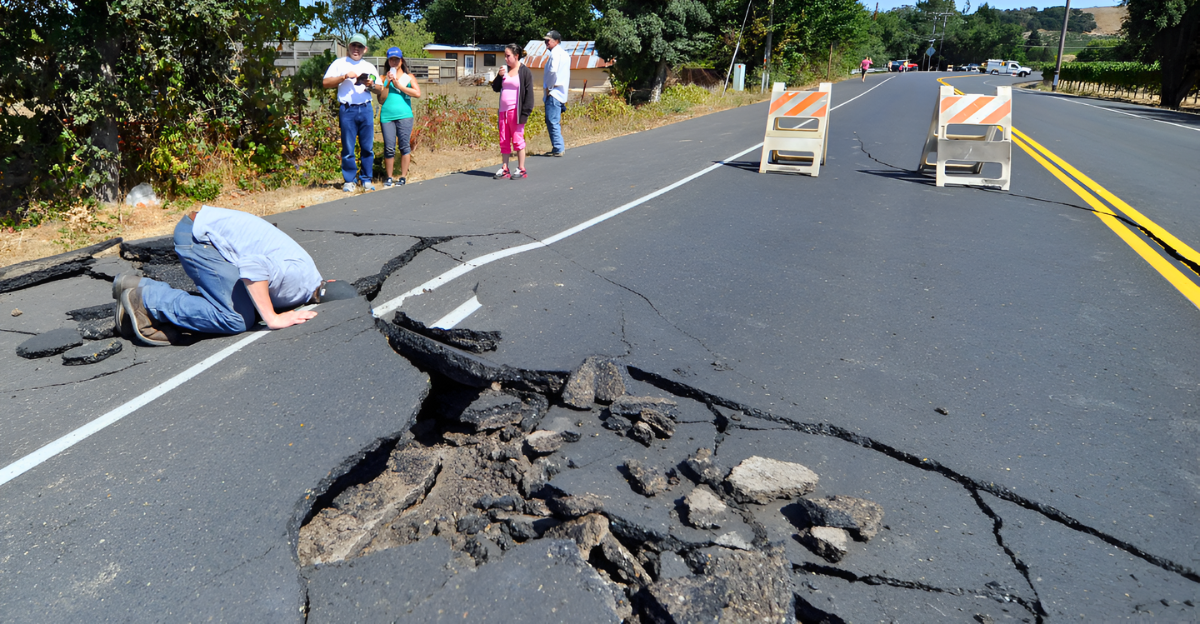
Deep beneath the Pacific Northwest, the Cascadia subduction zone poses the most significant seismic danger in the United States, according to the U.S. Geological Survey.
Recent USGS reports warn that the area could experience a powerful megathrust earthquake unlike anything in the nation’s modern record.
“Cascadia is a sleeping giant,” says Dr. Chris Goldfinger, a leading seismologist at Oregon State University. “It has the potential to change everything in minutes.”
A Disaster Waiting to Happen
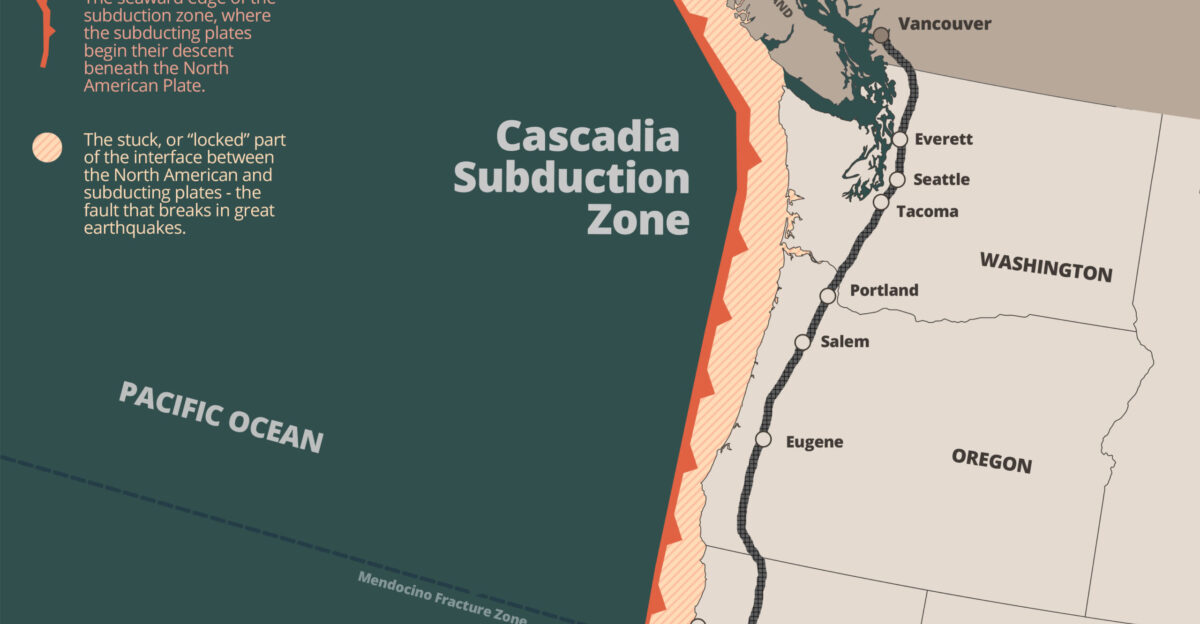
A rupture of the Cascadia fault could unleash a magnitude 9.0 earthquake, dwarfing the destructive energy of California’s famed faults.
FEMA estimates that such a quake would devastate infrastructure, isolate communities, and disrupt life across three states.
“The Pacific Northwest must be ready for a magnitude 9 earthquake,” emphasized Dr. Thomas Allen of the USGS in a congressional briefing.
Lessons from the Past

Historical records and Native American oral traditions confirm that the last great Cascadia quake struck in January 1700, generating tsunamis that reached as far as Japan.
Dr. Chris Goldfinger’s research highlights the massive village destruction and landscape change that followed. Today’s densely populated coastline would face even greater peril, experts agree.
Rising Pressures
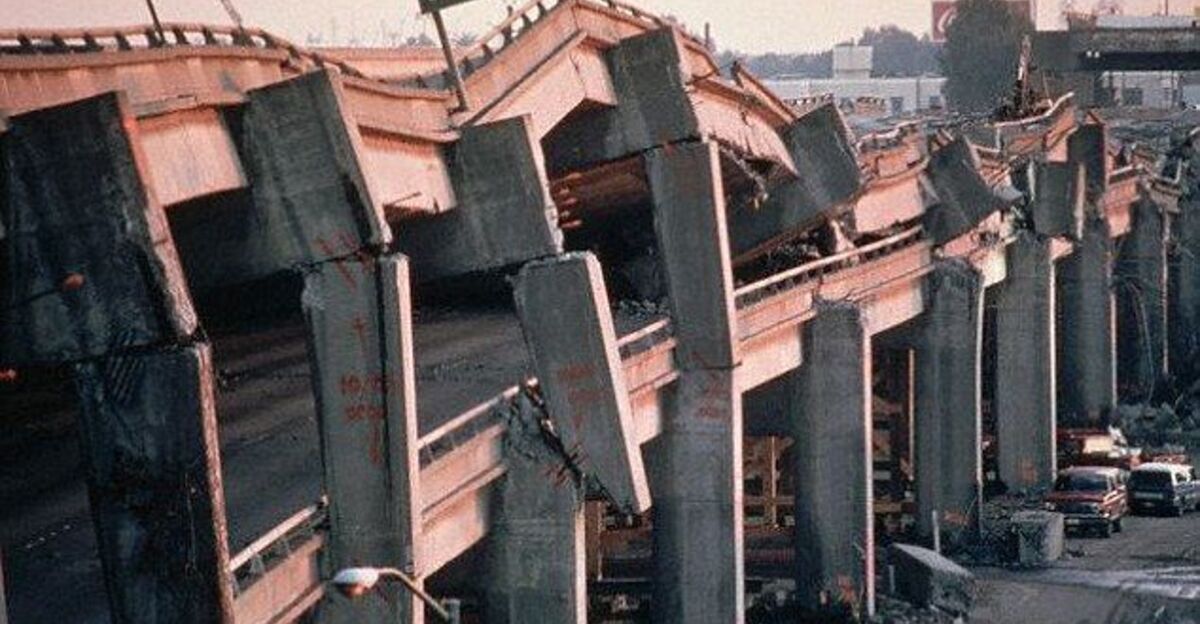
Fast-growing populations and unreinforced infrastructure now amplify risks. The number of homes, schools, and businesses within danger zones has soared in coastal cities like Seattle, Astoria, and Eureka.
USGS warns that this demographic shift could wipe out decades of economic gains almost overnight. “Our preparedness has not kept pace with development,” notes Dr. Jeffrey Park, Yale University.
Predicting Disaster
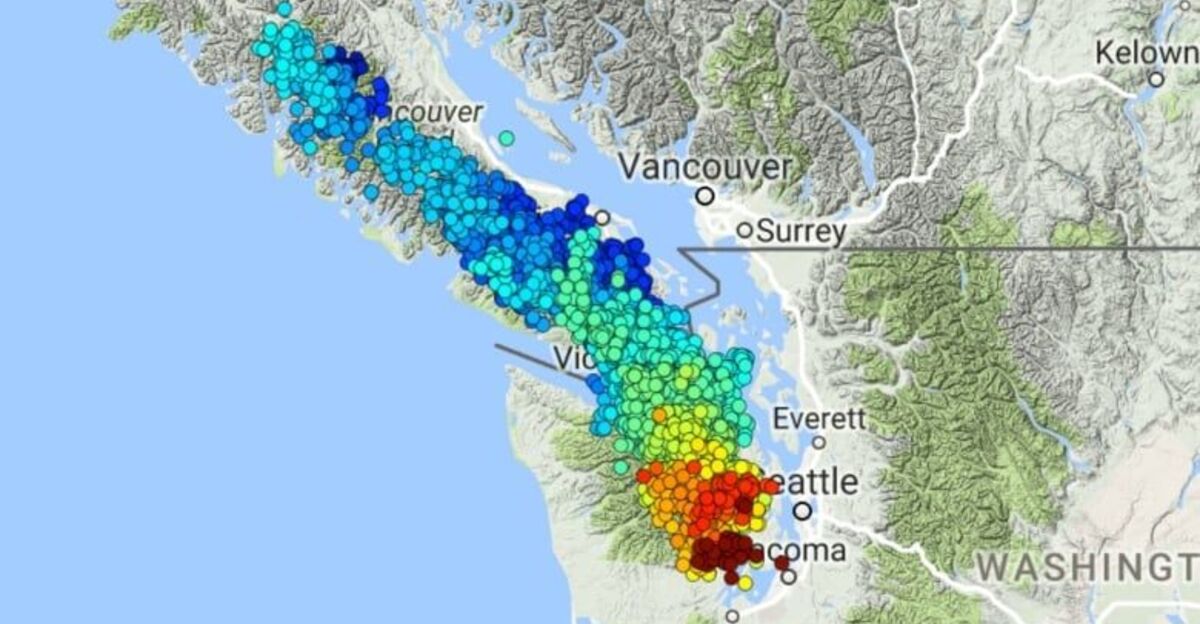
Federal and state earthquake scenario planning, including FEMA and CREW analyses, predicts a Cascadia rupture could result in approximately 13,000 deaths—making it the deadliest quake in U.S. history.
“We’re looking at a once-in-several-centuries event,” states Dr. Kenneth Murphy, FEMA Regional Administrator, citing exercises in 2022.
Coastal Devastation Forecast
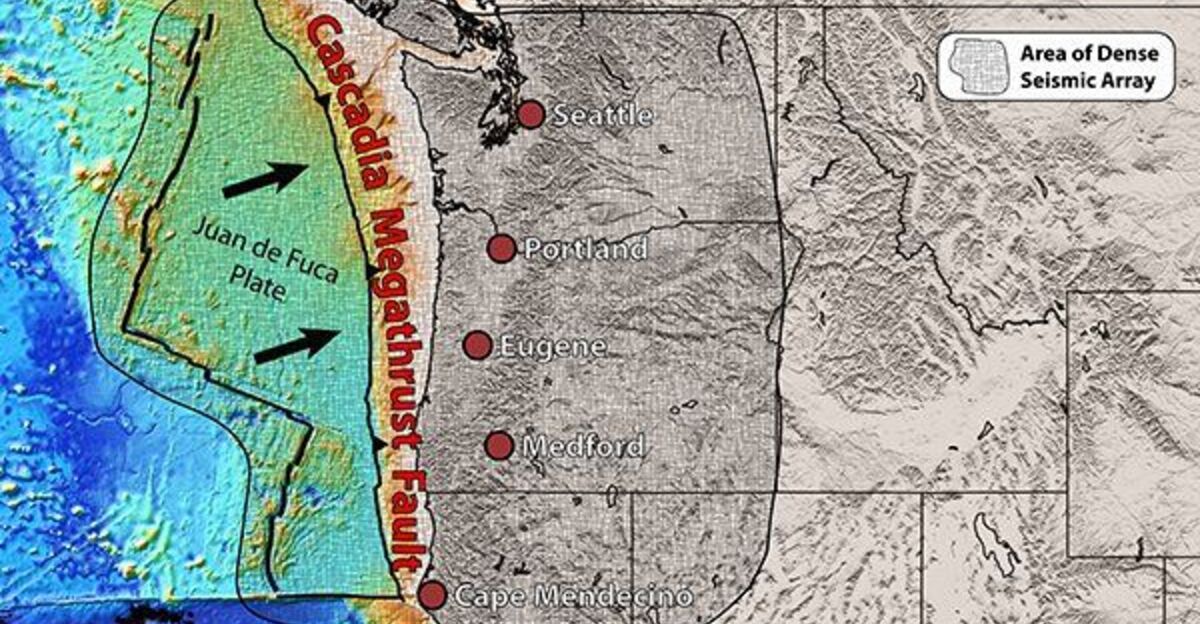
Tsunami models foresee waves over 100 feet engulfing towns from Humboldt Bay, California, to Neah Bay, Washington. Many low-lying areas could subside by six feet or more.
“People would have as little as 10–15 minutes to get to safety,” says Tina Dura, Virginia Tech geoscientist. Entire cities could be swamped and remapped forever.
People at Risk
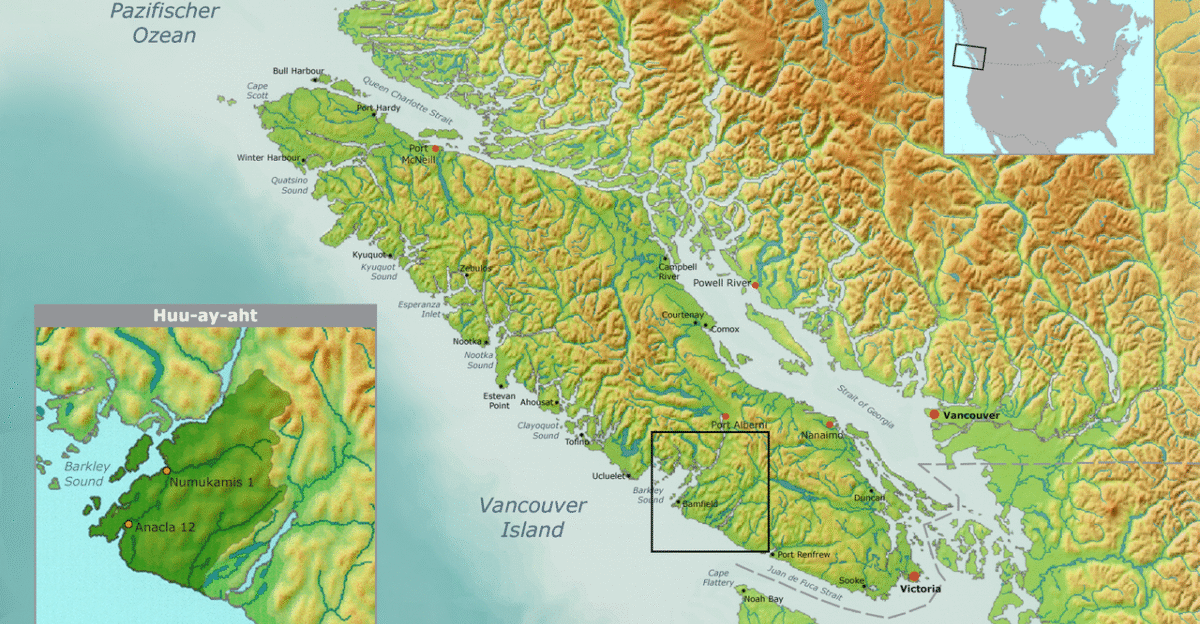
Survivors of past West Coast tsunamis describe a race against time. “You must run, not walk, to survive,” said a Huu-ay-aht First Nation elder, recalling ancestral stories.
State officials now urge families to prepare go-bags, scout evacuation routes, and plan for days without help. “We can’t save everyone if people delay,” warns Oregon’s emergency management.
Governments on Alert

State legislatures and local governments in Oregon, Washington, and California have dedicated new funds to evacuation towers, seismic retrofits, and public awareness campaigns.
But gaps remain: hundreds of thousands live in tsunami zones with limited escape options. According to FEMA, “Full resilience will require years of investment and cooperation.”
National Stakes
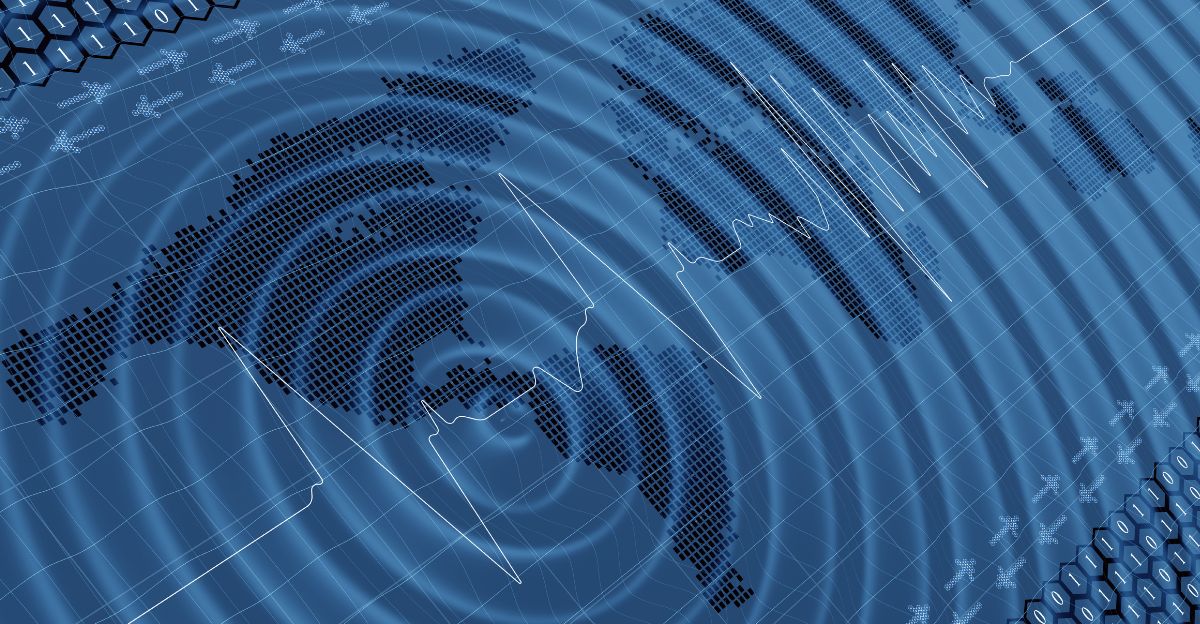
Cascadia’s threat now shapes federal disaster policy. The U.S. Department of Homeland Security designates the region’s quake potential as “the highest natural hazard risk” for the country.
National Guard and Coast Guard forces routinely train for mass-casualty and aid missions, aiming to bridge the resource gap when local systems break down.
Hidden Catastrophe: Land Sinks
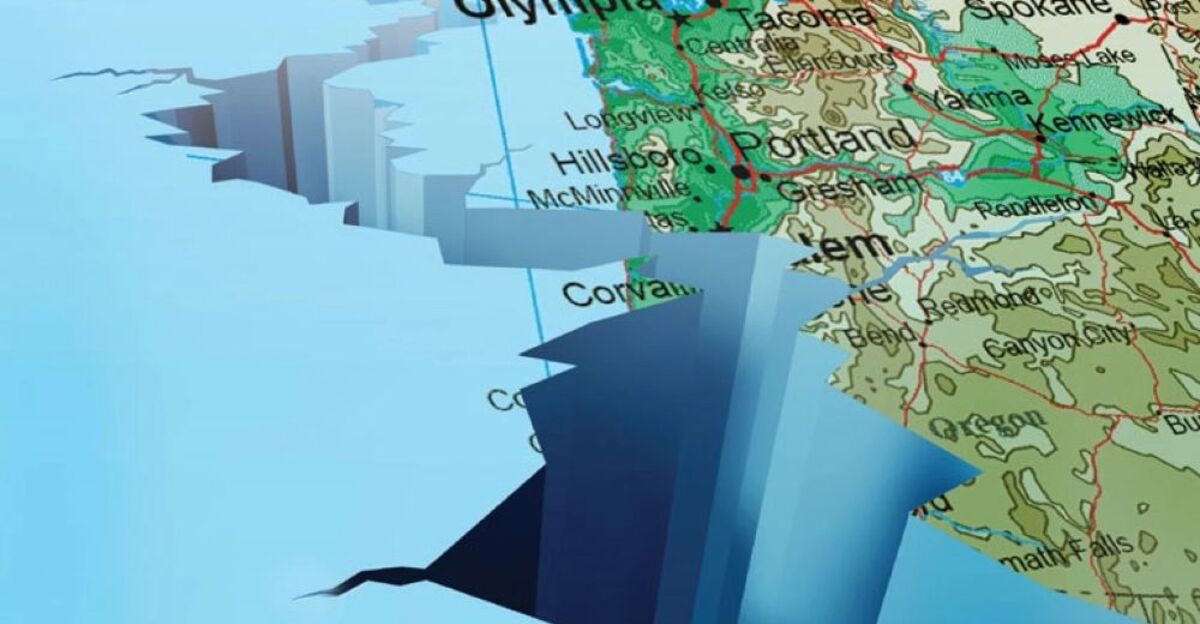
Recent research shows a Cascadia quake could instantly sink coastal land by up to 6.5 feet, doubling the area exposed to chronic flooding.
“Much of the new floodplain may be uninhabitable, as both vital services and homes are lost,” warns Dr. Tina Dura, study author. This risk endures long after the initial disaster.
Public Frustration
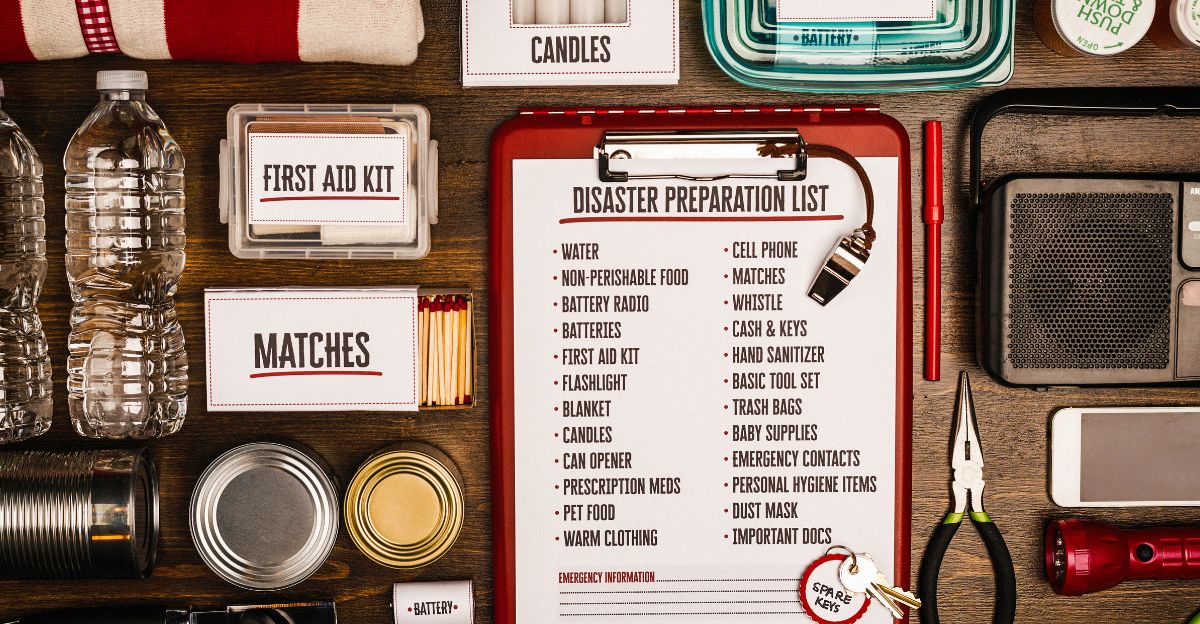
Many residents express frustration with slow disaster planning and unequal resources. Grays Harbor local Susan Kim said, “We keep hearing the warnings, but I haven’t seen a single new siren go up.”
Emergency managers admit that far more infrastructure upgrades and education are needed to ensure people survive.
Complications
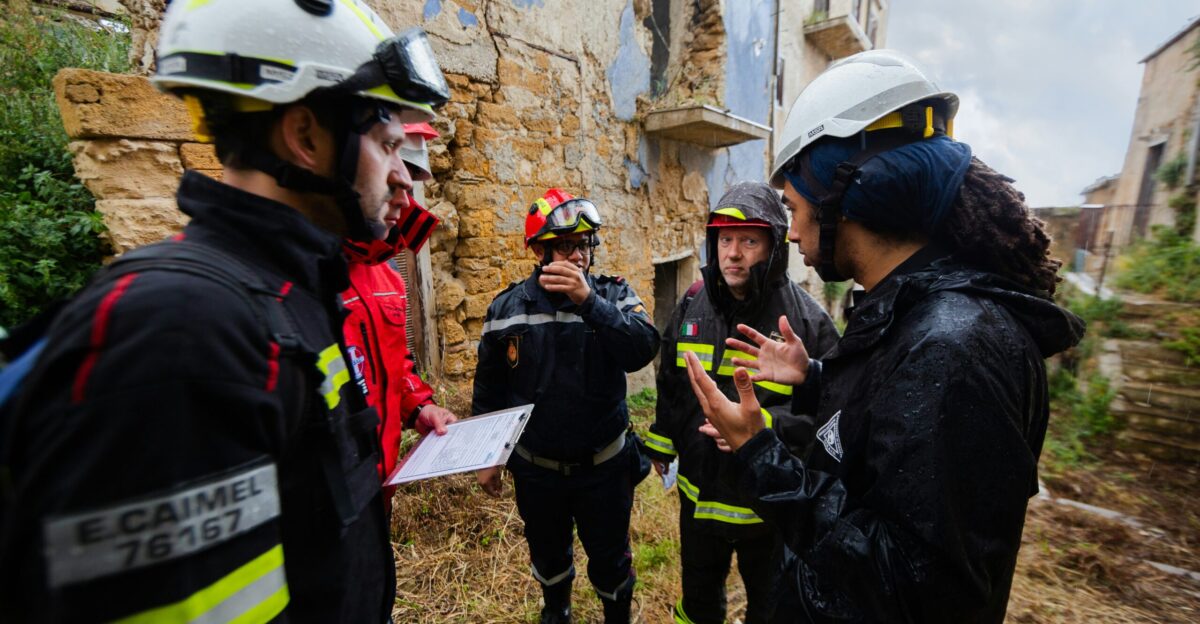
Leadership changes complicate preparedness. Oregon’s emergency director, Susan Graves, admits: “It’s tough to maintain momentum when funding cycles and local priorities shift constantly.”
Some counties struggle to fill emergency manager roles, stalling hazard mapping and evacuation drills. Consistency is now critical for survival.
Investment in Resilience
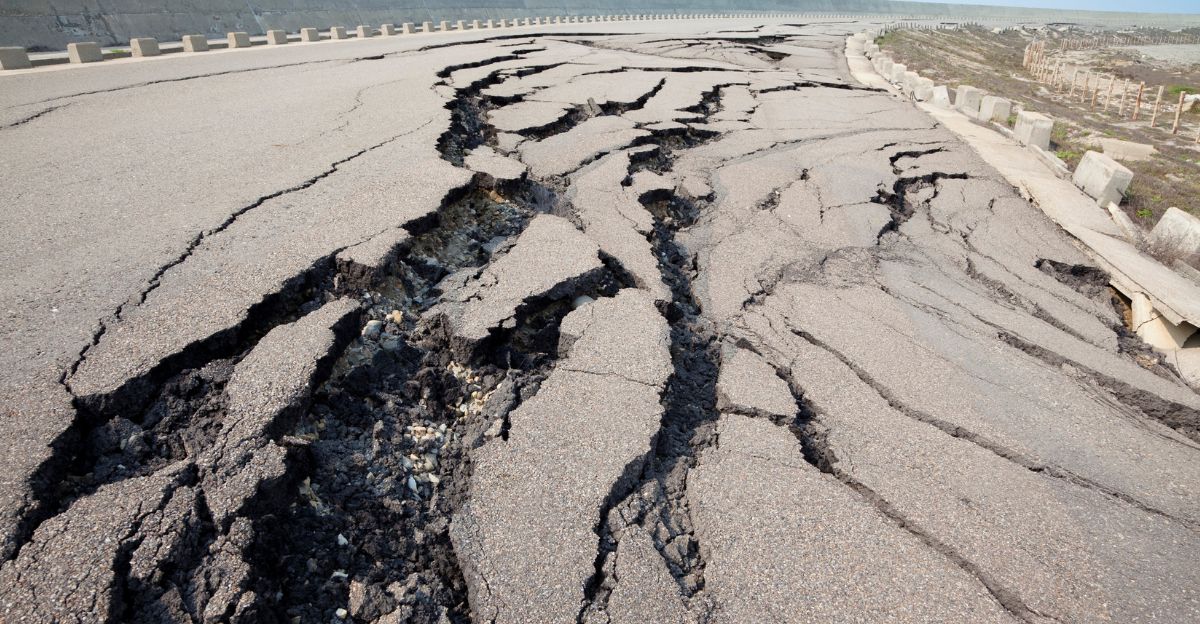
Bridge retrofits, new hospitals, and well-stocked disaster caches headline recent comeback efforts. Federal disaster grants fund major urban projects, but rural zones often depend on local fundraising and volunteers.
FEMA emphasizes: “Community-led preparedness will save more lives than any single government initiative.”
Expert Outlook
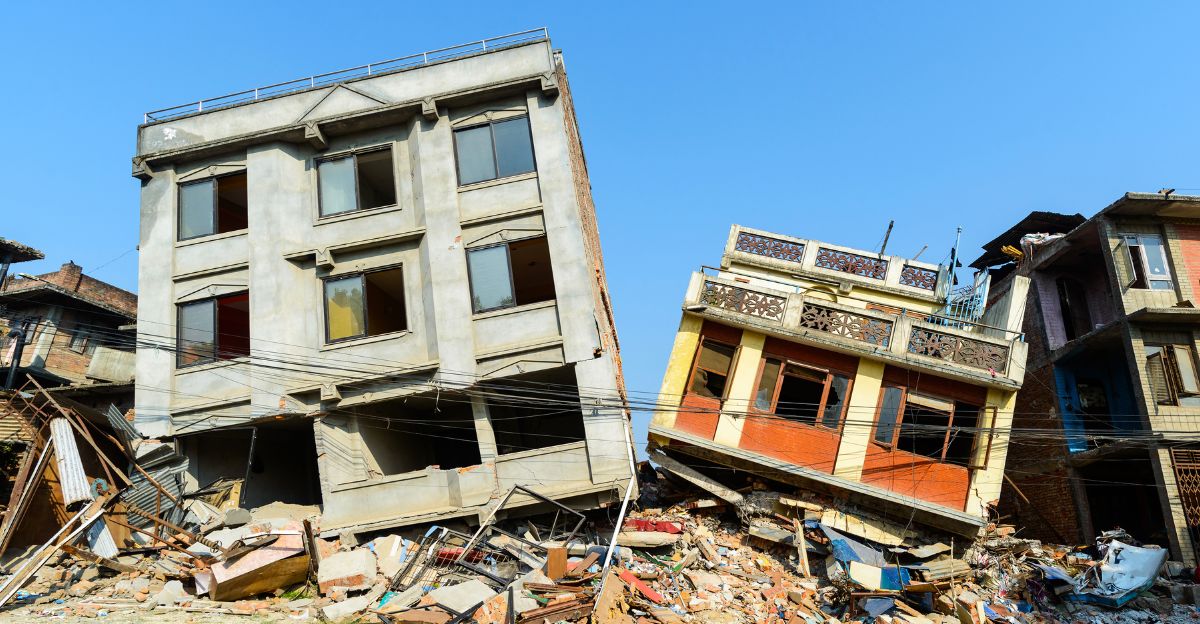
Experts agree: the greatest risk is delay. “If everyone moved immediately toward high ground, fatalities could be halved,” says Dr. Chris Goldfinger.
Yet, skepticism remains over whether enough residents—even tourists and non-English speakers—have internalized the urgency of the threat. Persistent education is essential.
Future Uncertainty
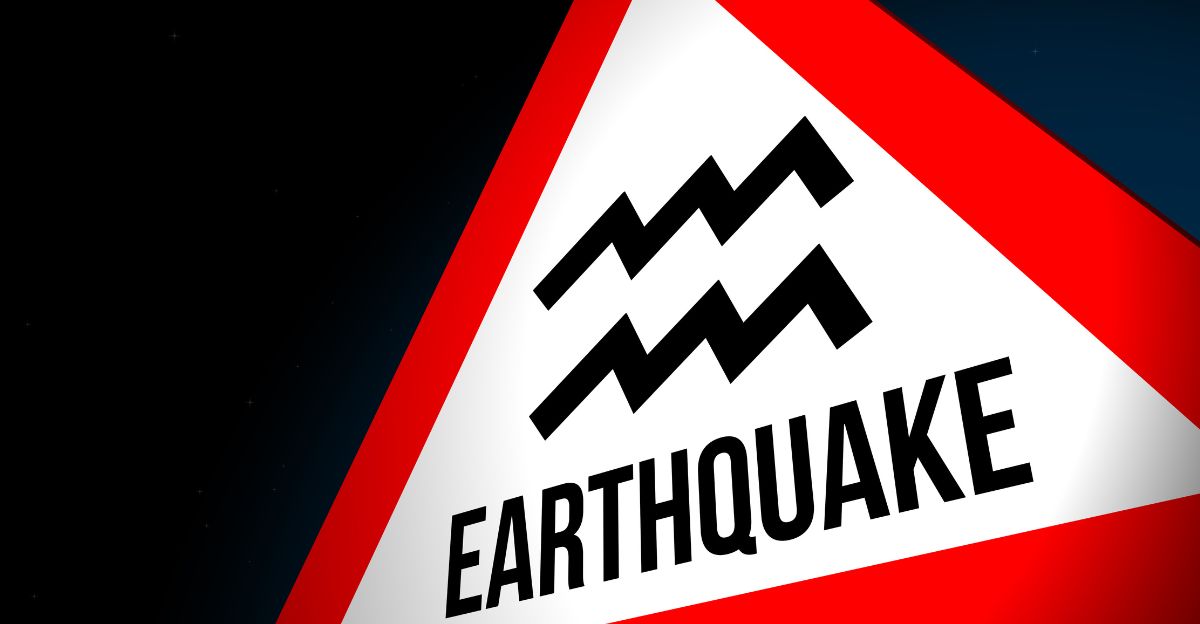
USGS estimates a 15%–20% chance of a magnitude 8.0 or greater quake in Cascadia within 50 years. The critical question is not if, but when—and whether communities will be ready.
With scenarios evolving, residents debate whether to invest more in infrastructure or public outreach next.
Political Action Needed
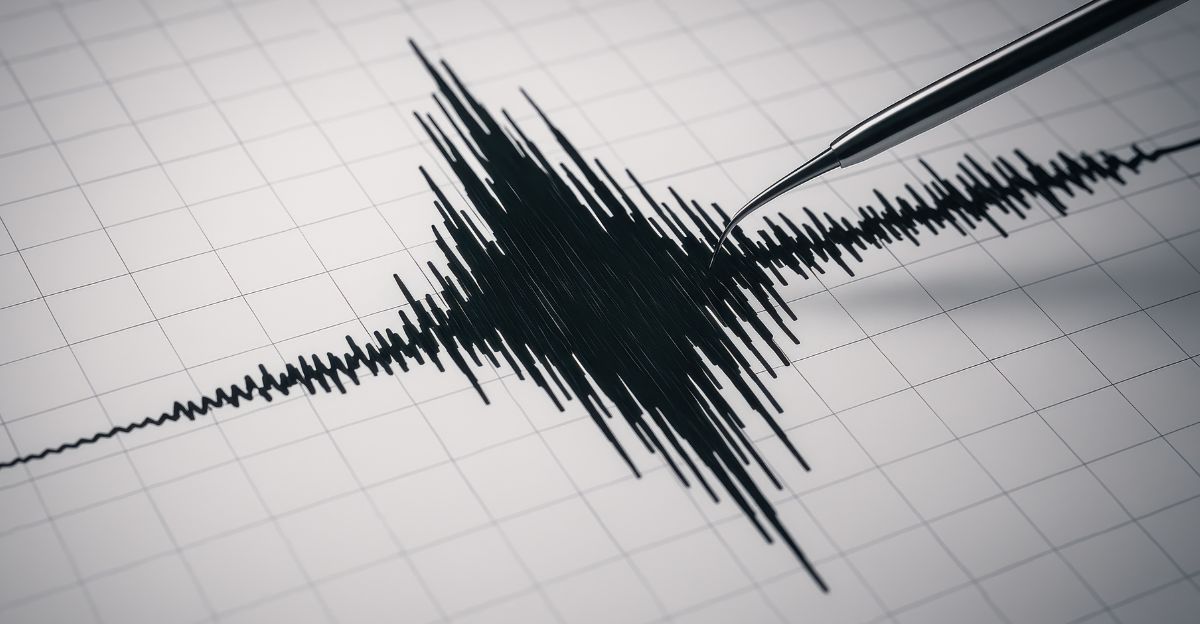
Lawmakers face demands to fast-track funding for seismic upgrades, improved alerts, and population relocation from highest-risk areas.
Disputes often arise over restricting new development in flood-prone zones, pitting economic interests against public safety advocates. “There’s always a cost to waiting,” said Representative Peter DeFazio (D-Oregon).
Global Partnerships
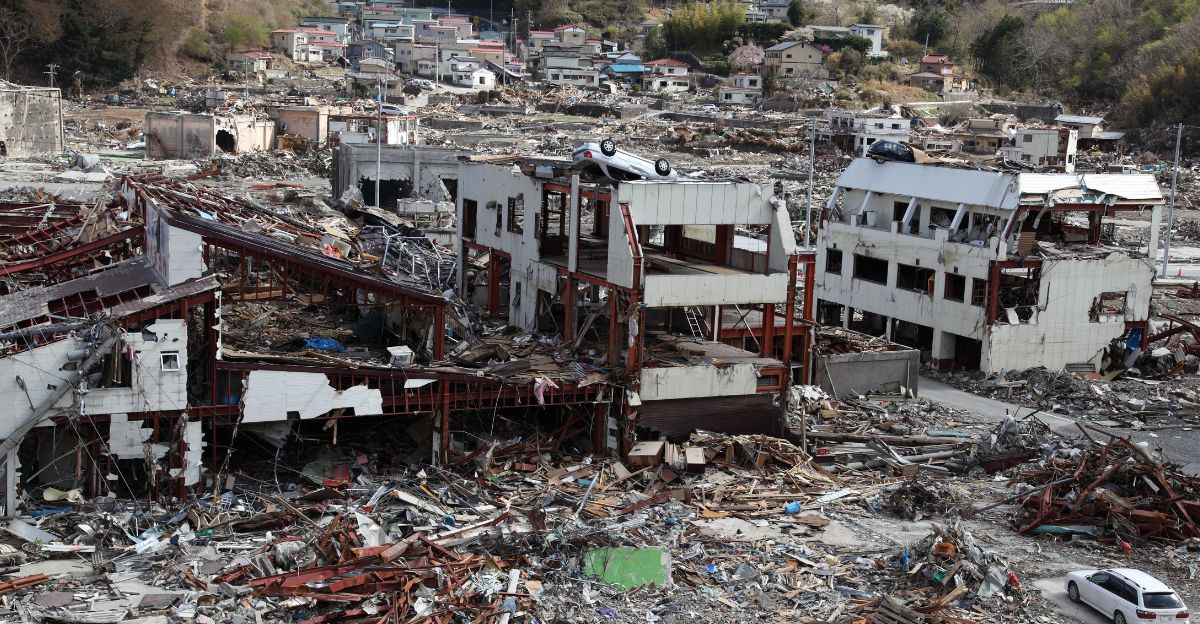
International partnerships with Japan and Chile help U.S. agencies adopt early-warning and tsunami response strategies.
Japanese geophysicist Dr. Kanamori Hiroo states, “Sharing science and experience can mean the difference between life and death.” Testing Pacific-wide alert systems is now a joint priority.
Environmental and Legal Fallout
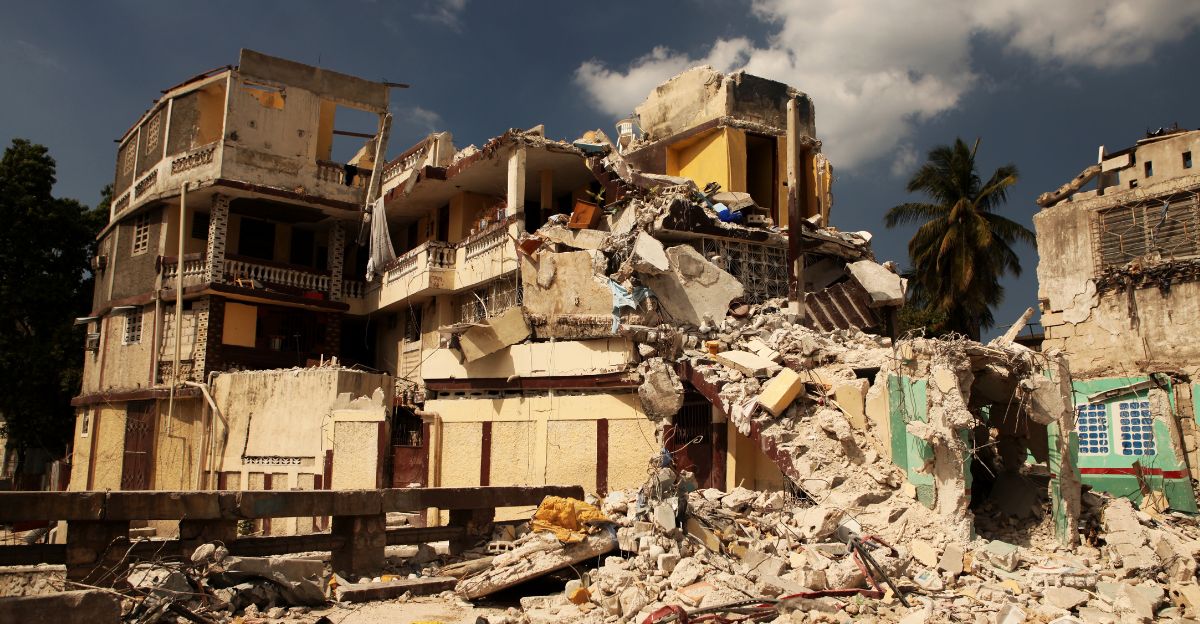
Legal experts predict lawsuits over failed building standards and delayed government action. Meanwhile, the loss of wetlands, estuaries, and farmland after land subsidence may affect biodiversity for decades. Dr. Tina Dura warns, “Habitat loss will be permanent in parts of the coastline.”
Cultural Shifts

Earthquake and tsunami drills are now part of school routines, with some districts distributing emergency supply kits to students.
Indigenous groups lead in resilience, relocating community centers out of risk zones. “We honor the ancestors by preparing for what comes,” says a Makah tribal leader.
A Call to Act

The looming Cascadia disaster reframes how Americans assess risk and plan for the unknown. As science makes the threat ever clearer, the message becomes more urgent: long-term survival depends on preparation today. “To be ready is to survive,” says Dr. Chris Goldfinger.